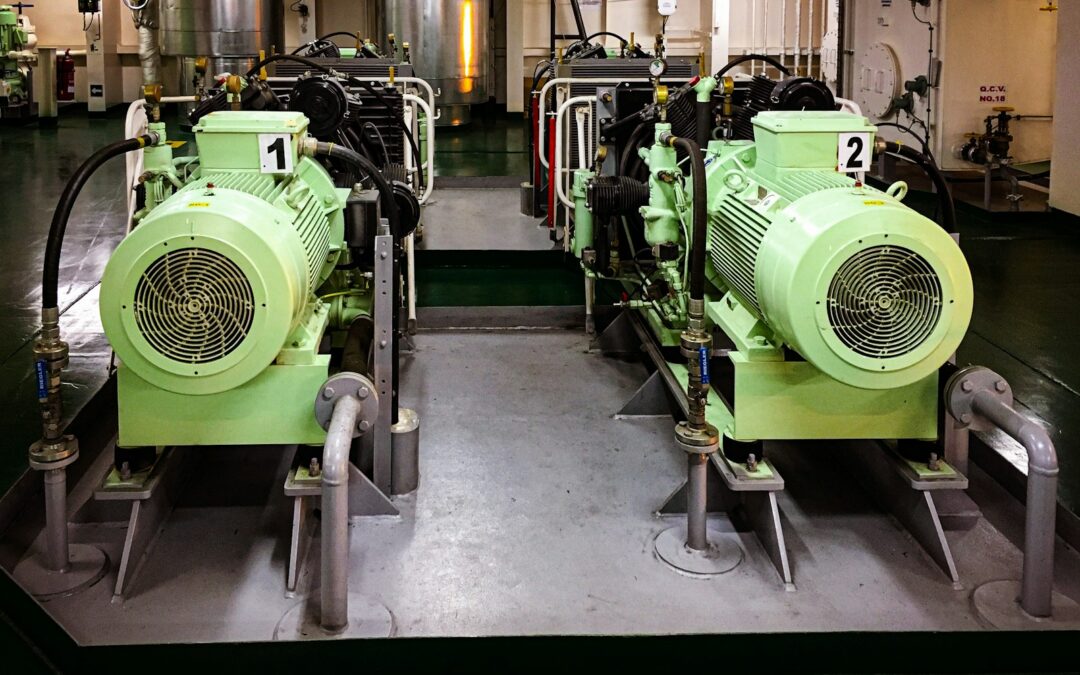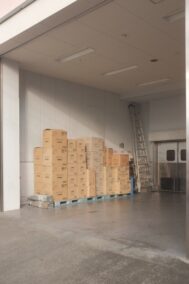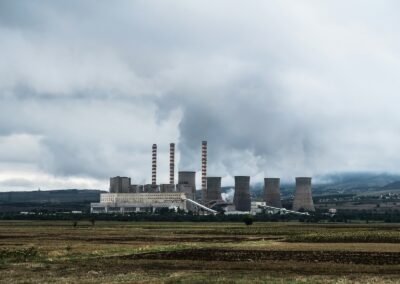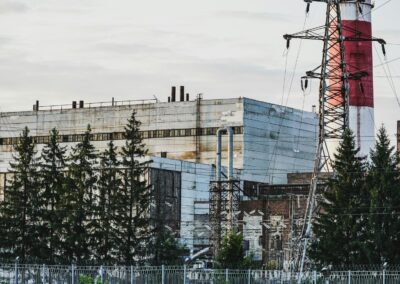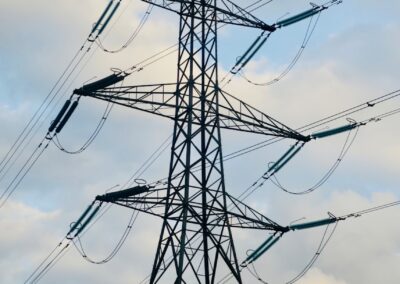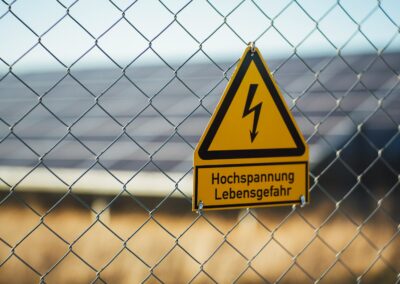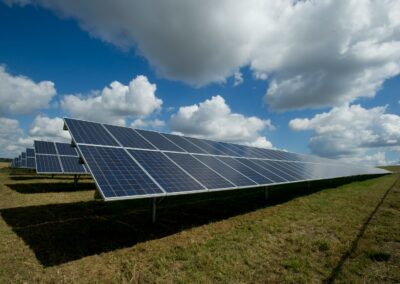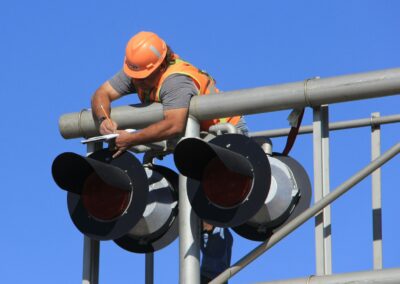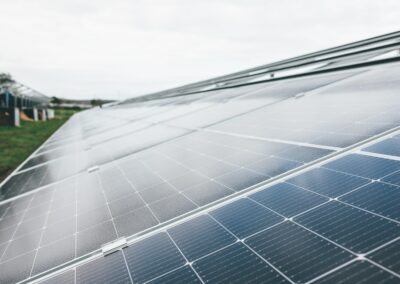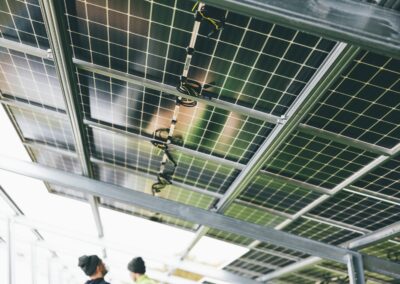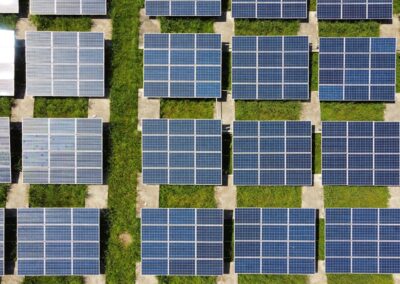Insights from Case Studies in Saudi Arabia and the UAE
Introduction to Digital Twins in Energy Storage Systems
Digital twins, virtual representations of physical assets, are increasingly being integrated with energy storage systems to enhance performance and reliability. By creating real-time simulations and predictive models, digital twins allow for more efficient monitoring, maintenance, and optimization of energy storage systems. This technology is particularly relevant in regions like Saudi Arabia and the UAE, where energy infrastructure is rapidly developing and there is a growing need for reliable and efficient energy solutions.
The integration of digital twins with energy storage systems provides several key benefits. Firstly, it enables continuous monitoring of the system’s performance, identifying potential issues before they become critical. This predictive maintenance capability helps in reducing downtime and extending the lifespan of the energy storage assets. Additionally, digital twins can optimize the charging and discharging cycles of energy storage systems, improving overall efficiency and reducing operational costs.
In cities like Riyadh and Dubai, where the demand for energy is constantly increasing, the adoption of digital twin technology is a strategic move towards achieving energy sustainability and reliability. By leveraging advanced analytics and real-time data, digital twins can provide valuable insights that help in making informed decisions and enhancing the overall performance of energy storage systems.
Case Study: Digital Twins in Saudi Arabia’s Energy Storage Projects
One notable case study from Saudi Arabia involves the integration of digital twins with a large-scale energy storage project in Riyadh. The project aimed to improve the reliability and performance of the city’s energy grid by using digital twins to monitor and optimize the energy storage systems. The digital twin technology provided real-time data on the condition and performance of the energy storage assets, allowing for proactive maintenance and optimization.
The results of this project were impressive. The use of digital twins led to a significant reduction in unplanned outages and maintenance costs. By identifying potential issues early, the maintenance teams could address them before they escalated into major problems. This predictive maintenance approach not only improved the reliability of the energy storage systems but also extended their operational lifespan.
Furthermore, the digital twins enabled the optimization of the energy storage systems’ charging and discharging cycles. By analyzing the real-time data, the digital twins could predict the optimal times for charging and discharging, maximizing the efficiency of the energy storage systems. This optimization resulted in significant energy savings and reduced operational costs, contributing to the overall sustainability of Riyadh’s energy grid.
Case Study: Enhancing Energy Storage Reliability in the UAE
Another compelling case study comes from the UAE, where digital twins were integrated with energy storage systems in Dubai. The objective of this project was to enhance the reliability and performance of the energy storage assets by using digital twins for real-time monitoring and optimization. The digital twin technology provided a virtual representation of the energy storage systems, allowing for continuous monitoring and predictive maintenance.
The impact of this project was substantial. The use of digital twins led to a marked improvement in the reliability of the energy storage systems. By continuously monitoring the condition of the assets, the digital twins could detect early signs of wear and tear, allowing for timely maintenance and preventing unexpected failures. This proactive approach reduced downtime and maintenance costs, enhancing the overall reliability of Dubai’s energy grid.
In addition, the digital twins enabled the optimization of the energy storage systems’ performance. By analyzing real-time data, the digital twins could predict the optimal times for charging and discharging, improving the efficiency of the energy storage systems. This optimization not only enhanced the performance of the energy storage assets but also contributed to significant energy savings and reduced operational costs.
The Future of Digital Twins in Energy Storage Systems
Advanced Analytics and AI Integration
The future of digital twins in energy storage systems looks promising, with continuous advancements in technology and increased adoption across the industry. One of the key areas of development is the integration of advanced analytics and artificial intelligence (AI) with digital twins. By leveraging AI algorithms, digital twins can analyze vast amounts of data generated by energy storage systems, providing deeper insights into their performance and condition.
This integration enables more accurate predictions and optimizations, further enhancing the performance and reliability of energy storage systems. AI-driven analytics can identify patterns and trends in the data, allowing for more precise predictive maintenance and optimization. This capability is particularly valuable in complex energy systems, where multiple factors can influence the performance of energy storage assets.
Blockchain and The Metaverse in Energy Management
Another exciting development is the integration of digital twins with emerging technologies such as blockchain and the metaverse. Blockchain technology can provide a secure and transparent platform for managing the data generated by digital twins, ensuring data integrity and enhancing trust. The metaverse, on the other hand, can offer a virtual environment for visualizing and interacting with digital twins, making it easier to monitor and manage energy storage systems.
The combination of these technologies can create a more robust and efficient energy management system, enhancing the performance and reliability of energy storage assets. For instance, blockchain can enable secure and transparent transactions for energy trading, while the metaverse can provide an immersive platform for monitoring and optimizing energy storage systems.
Conclusion
In conclusion, the integration of digital twins with energy storage systems offers significant benefits in terms of enhanced performance and reliability. Case studies from Saudi Arabia and the UAE demonstrate the positive impact of digital twins on energy storage projects, highlighting the potential for improved predictive maintenance, optimized performance, and reduced operational costs. As technology continues to evolve, the future of digital twins in energy storage systems looks increasingly promising, with advancements in AI, blockchain, and the metaverse paving the way for more efficient and sustainable energy management solutions.
—
#DigitalTwins #EnergyStorage #EnhancedPerformance #Reliability #SaudiArabia #UAE #Riyadh #Dubai #ArtificialIntelligence #Blockchain #Metaverse #ExecutiveCoaching #GenerativeAI #ModernTechnology #BusinessSuccess #Leadership #ManagementSkills #ProjectManagement

